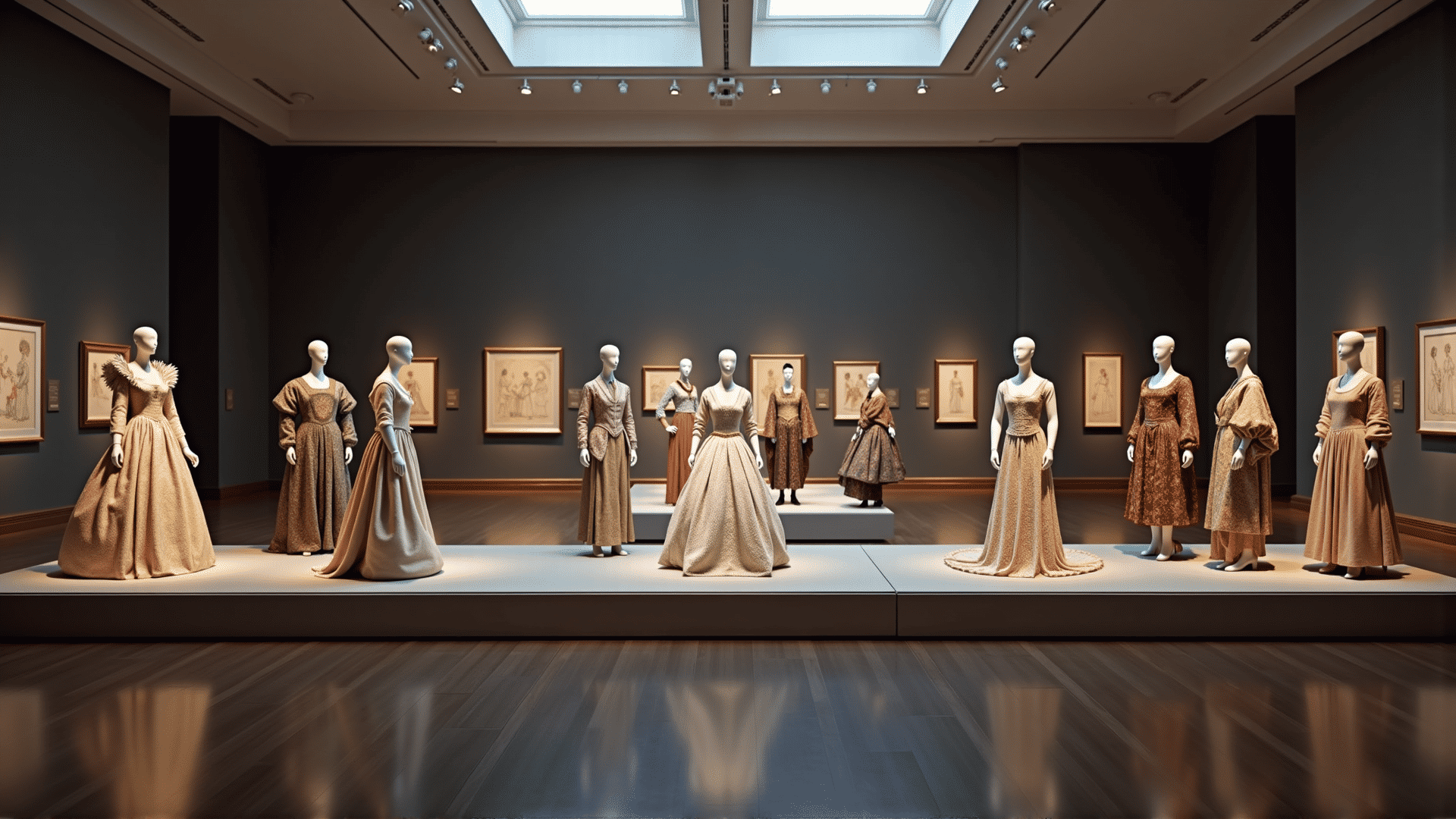Delving into the world of costume design reveals a storied history and a profound artistic discipline that has significantly influenced apparel trends and cultural perceptions. From the grand stages of early theater to the silver screens of Hollywood, costume design has played a pivotal role in shaping visual storytelling and reflecting the zeitgeist of different eras.
The origins of costume design can be traced back to ancient theatrical performances where attire was used to denote character, status, and transformation. In ancient Greece, actors donned masks and richly colored garments to portray different personas, while in Japan's Noh and Kabuki theaters, elaborate costumes became essential to the narrative. These early innovations laid the groundwork for costume design as a distinct art form, one that marries functionality with aesthetic expression.
During the Renaissance, costume design began to mirror contemporary styles more closely, influenced by the burgeoning world of pageantry and courtly displays. The opulence of this period is evident in the intricate embroidery and luxurious fabrics used, which served not only to identify character roles but also to display wealth and societal rank.
The advent of cinema brought about a new dawn for costume design, transcending the limitations of stage productions. Early filmmakers realized the potential of costume to enhance storytelling, with iconic films such as "Gone with the Wind" and "The Wizard of Oz" showcasing unforgettable outfits that remain etched in cultural memory. Costume designers in the film industry, such as Edith Head and Orry-Kelly, became renowned for their ability to weave narrative threads through fabric, influencing apparel outside of the cinematic world.
In Broadway and theater, costume design continues to be a critical component in creating the magic audiences experience on stage. Designers must consider the practicality of their creations, ensuring that costumes support actors' performances while conveying the essence of the character and time period.
In contemporary times, the impact of costume design extends beyond traditional media, influencing streetwear and haute couture alike. The parallels between stage and screen costumes and everyday attire are often seen on runways and in global apparel trends. Today’s designers frequently draw inspiration from costume's rich history, transforming historical silhouettes into modern apparel marvels.
Moreover, costume design plays an educational role by providing insight into various cultures, periods, and movements. Through studying costumes, we can better understand social norms and cultural narratives that have shaped societies throughout history.
In conclusion, the art of costume design is a testament to the enduring power of clothing to tell stories and shape perceptions. By examining and celebrating this intricate craft, we gain a deeper appreciation for its impact on both historical and contemporary contexts, as well as its continuing evolution as a bridge between visual expression and cultural commentary.
